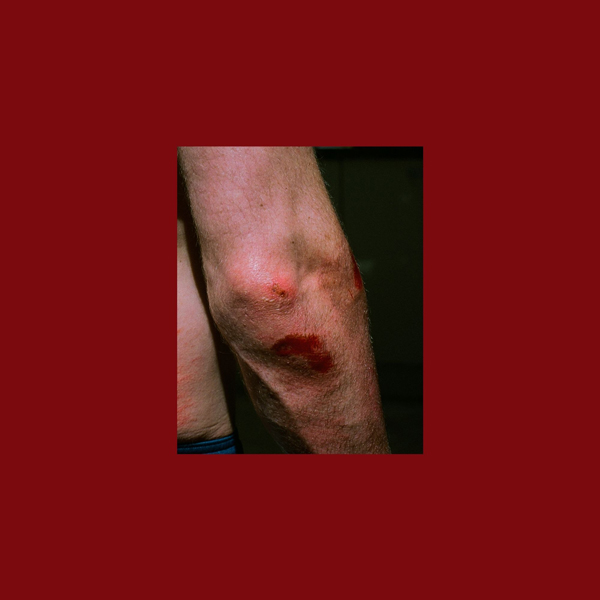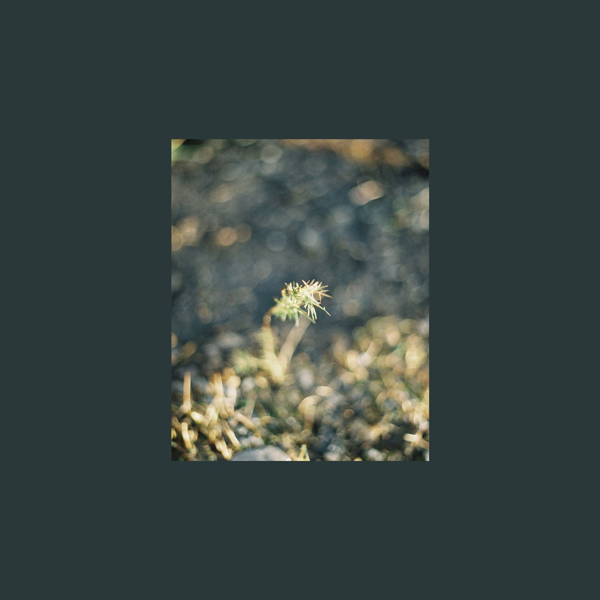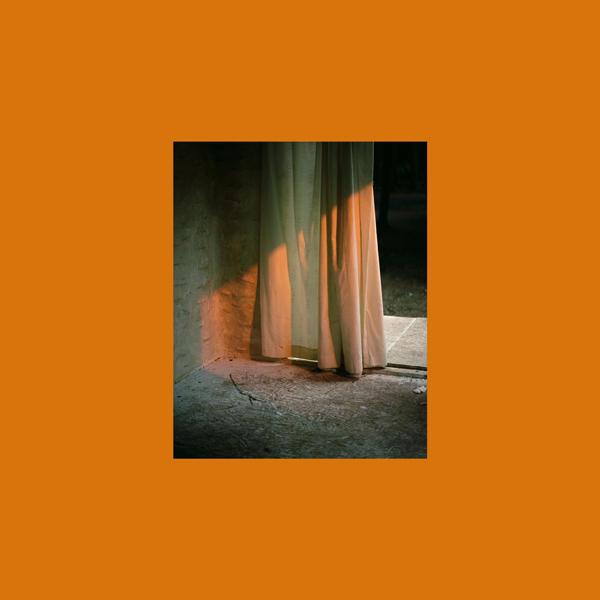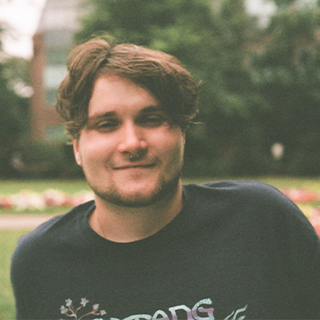Film photography is resurging. But why do people shoot film?

There’s nothing quite like holding something in your hands. In a digital age where everything is accessible quite literally at our fingertips, tangibility has now become a novelty. It’s why I’ll browse through a bookshop just to bury my nose in the pages (don’t pretend you haven’t either). Or why, to my wallet’s dismay, I’ll take out a mortgage to buy vinyl records—despite my Spotify subscription giving me access to pretty much any tune I can think of. We crave tangibility—having something right there in front of our eyes, and photography is no exception.
Despite digital photography making huge advances in the last 20 years, analogue photography has made somewhat of a resurgence. More and more people across the world are loading up to shoot, not bullets but 35mm negatives. But why is that? I spoke with professional film photographer Sean Duncan from Dublin and amateur film photographer George Swift from Wakefield to find out why they’re drawn to the analogue.

Why do people shoot with film cameras?
Duncan believes there is an abundance of reasons people should take to film over digital. “Of course, there is that ‘film look’ which people seek, there’s the ownership of negatives, which to me is something special, but in my opinion, the main benefit is the fact that shooting film forces you to slow down massively,” he said.
Duncan goes on to explain how what were originally the downsides of shooting film photography back in the 80s is actually now what can benefit photographers the most in their creative journey. “Shooting film is rather expensive so each frame that you shoot is costing you money. Film ensures that you slow right down, you take your time, and do your very best to get ‘the shot’ in as few takes as possible,” he told me.
“Film made me sit down and learn the fundamentals of photography and exposure before going out and shooting. Film humbles you. Whereas digital cameras do that work for you and give photographers the option to set their cameras to auto everything and away they go.”
As an amateur photographer, Swift explains how “shooting film can help improve yourself as a photographer as you have to put more thought into each shot because, from personal experience, I don’t want to spend any more money developing a roll full of unusable photos!”
Voir cette publication sur Instagram
The analogue aesthetic
The grainy and imperfect aesthetic of film is undeniably iconic, and often the reason people choose to load up that old point and shoot bought from a charity shop. But when crystal clear images are quite literally at our fingertips—why are we drawn to the film look? Nostalgia is most likely the culprit.
“It’s all about nostalgia,” Duncan explains, “the grain, the bokeh, the contrast. Film is timeless and will always be relevant because it captures the feeling of the environment. When I look back and I see my parent’s film albums from the 1980s I’m transported back to that era.”

Duncan continues, “Sure, digital photography can get quite close to the film look using in-camera settings and post-production editing, but you can almost always spot a digital photo that has been manipulated. Some magic happens in the lab or darkroom which is chemical and natural.”
Swift agrees, saying, “I think film is making a comeback because it provides a sometimes imperfect look which makes your photos unique in a day and age where everyone has smartphones that are capable of taking almost perfect photos at the press of a button.”
Both photographers also emphasise the positive online communities surrounding film photography. Swift highlights how “there’s a huge online community dedicated to film. One of the main ones I enjoy is Lomography. It focuses on the imperfections which come along with using older analogue equipment so as film burns and overexposures—it’s all pretty arty.”

Duncan also notes that the online film photography communities are a melting pot of creativity and individuality: “One difference I found between the film and digital community was there was more experimental work being done using film. Because of the nature of film, I find that people are more inclined to try to push the boundaries of what their gear is capable of.”
So what are you waiting for? It’s time to dig out that old point and shoot that’s been collecting dust for the past few decades. Or, if you’re not lucky enough to have one lying about Swift himself told me he picked up a camera from Cash Converters for a couple of quid. Regardless of whether you’re a pro or an amateur, shooting film can help you push creative boundaries and ultimately make you a better photographer. Oh, did I mention it’s fun too?





